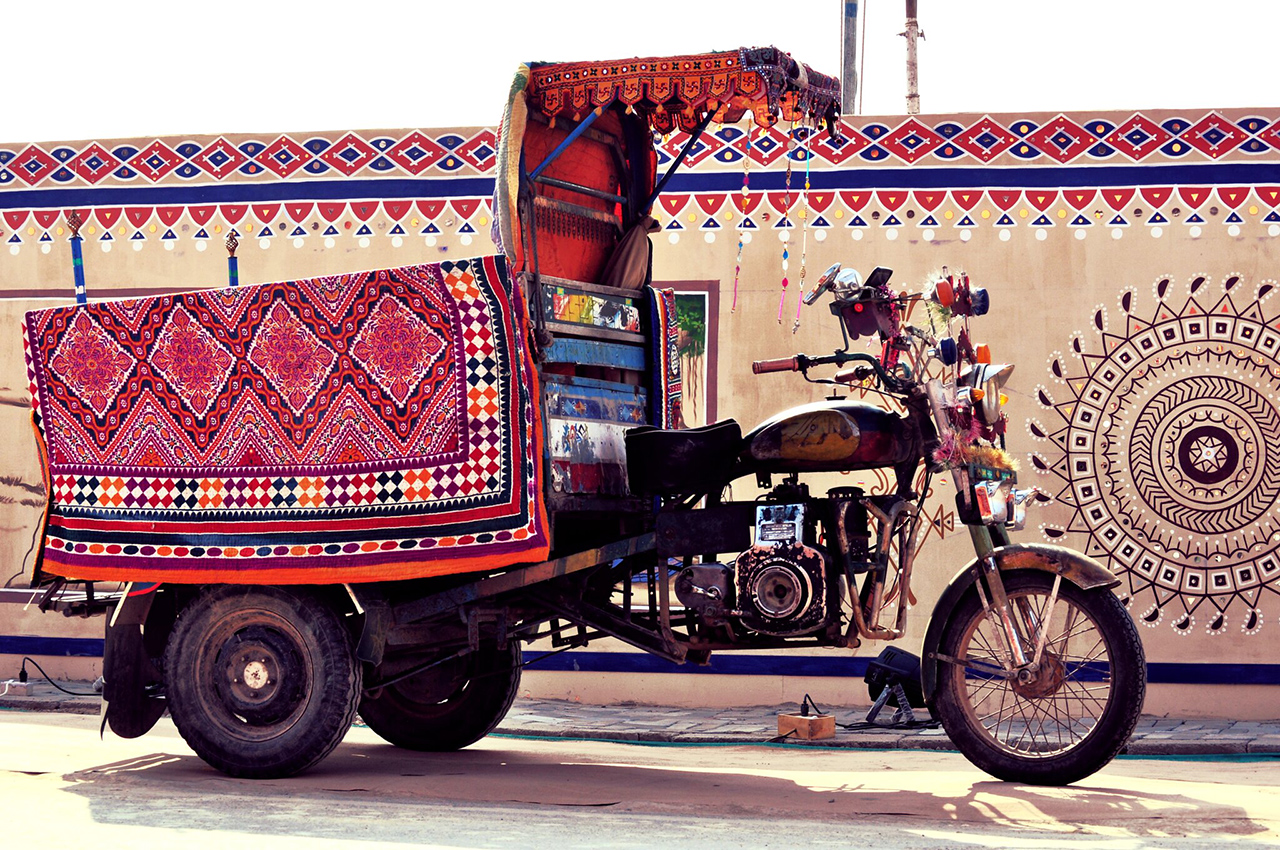
Located along the western coast of India, Gujarat is the fifth-largest state of the country. The state has preserved its ancient history, culture and traditions since ages past. Recognised easily through its energy, colours and amiability, Gujarat is the ninth most populated state of India.
To understand the absolute diversity and unique culture of Gujarat, we dive into the various aspects that define the state and its people.
Heritage of Gujarat
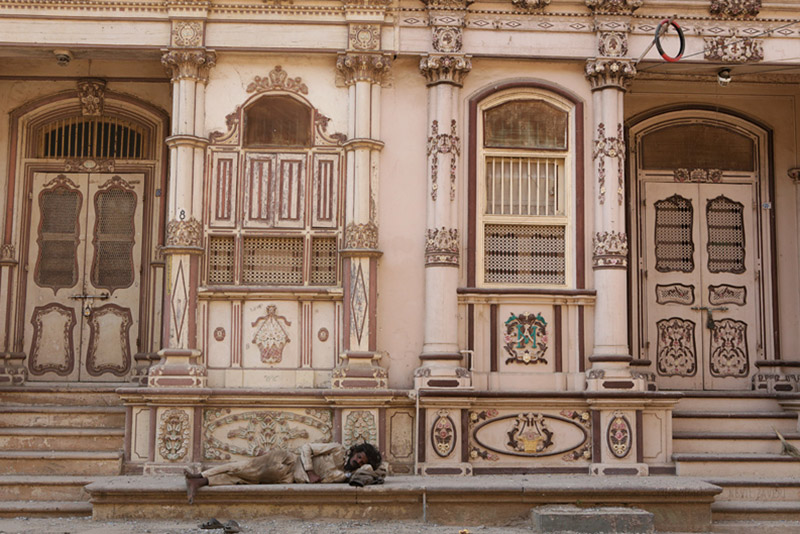
The state of Gujarat is a trove of rich heritage and cultural history. The structures and monuments built with ancient technology stand tall in their domineering stature. The city of Sidhpur, for example, displays the relics of old centuries through its colourful mansions that belong to the Dawoodi Bohra Muslim community. The ancient city of Baroda (now, Vadodara) is where the royal family of Gaekwad established their kingdom in the 18th century. The sweeping Laxmi Vilas Palace located in this city displays Indo-Saracenic architecture.
There are several other brilliant palatial buildings like the Naulakha Palace, Prag Mahal Palace, Vijay Vilas Palace and Lakhota Palace which are treasured insights into the legacy of architectural marvels.
Architecture in Gujarat
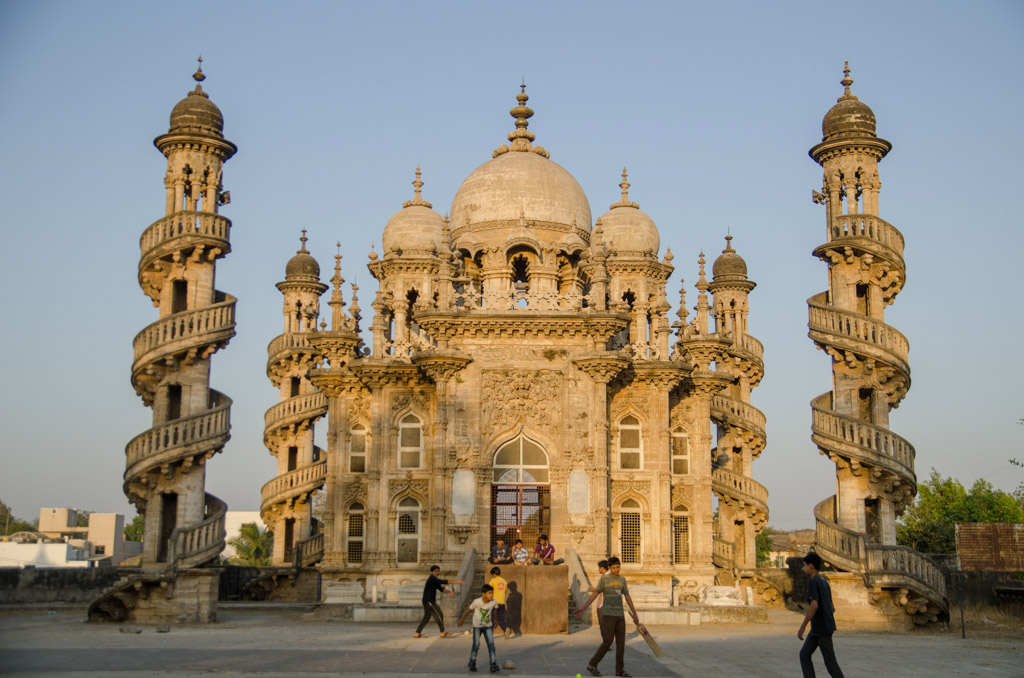
The Mahabat Maqbara mausoleum is an example of the splendid craftsmanship of Indo-Islamic architecture. It was built during the 19th century at Junagadh, a historical city located at the bottom of Girnar Hills.
The majestic mosque of Jama Masjid is situated in the city of Ahmedabad is an example of architectural ingenuity with its fine, intricate details and splendid design. The Sidi Bashir Mosque with the Jhulta Minara and the Sidi Saiyyed Mosque are monuments of exquisite Islamic architecture.
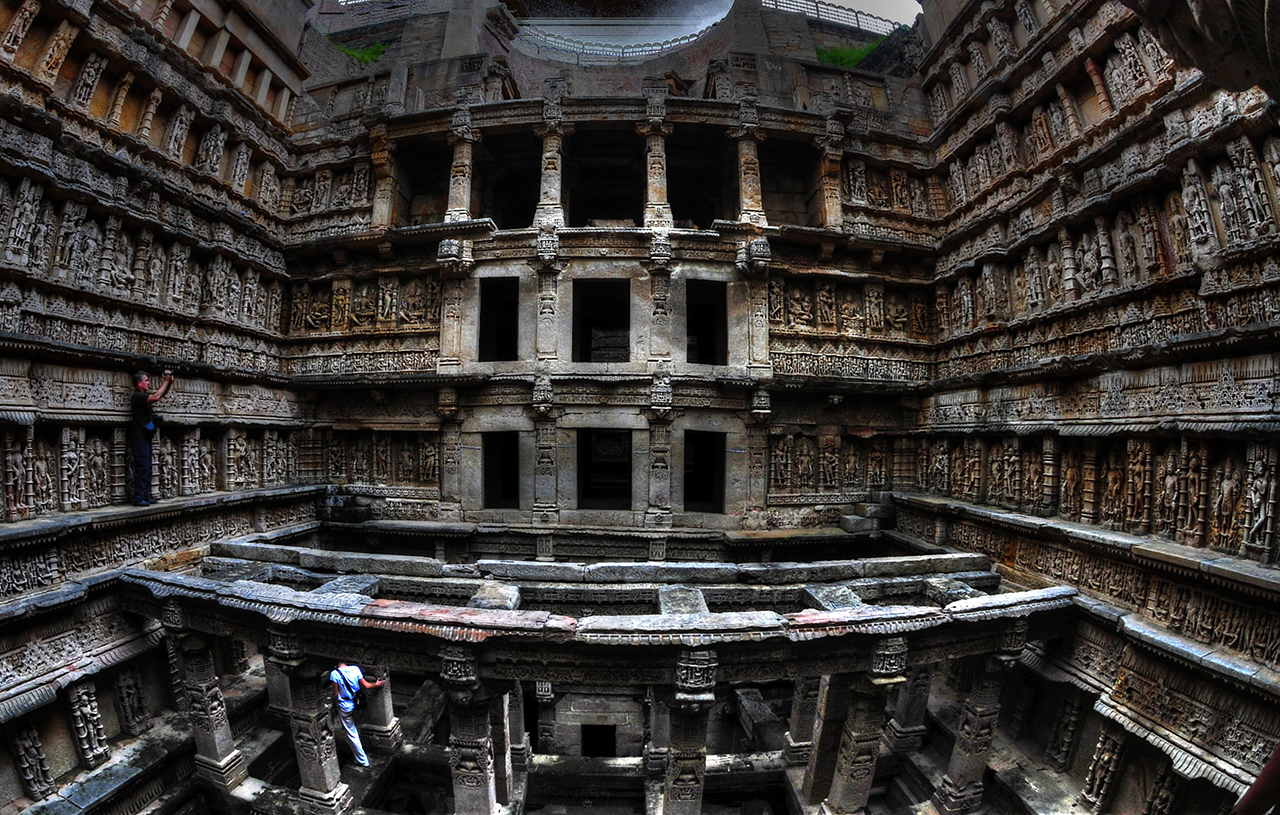
The Uparkot Fort dates back to 319 BC and was built by Chandragupta Maurya. It exhibits several ancient structures including step-wells and Buddhist rock-cut caves. The Bai Harir ni Vav at Ahmedabad, the Adalaj stepwell and Rani Ki Vav at Paltan are examples of spectacular step-wells that narrate fascinating tales of history.
Most forts in Gujarat are made of stones, with arches and expansive gates adding to their grandeur. The design and layout were influenced by the methods of warfare that were prevalent during the time of its construction. Some famous names are those of Lakhota Fort in Jamnagar, Pavagadh Fort in Panchmahal District, Old Fort in Surat, Ilva Durga in Idar and Zinzuwada Fort in Rann of Kutch.
Traditional Dresses of Gujarat
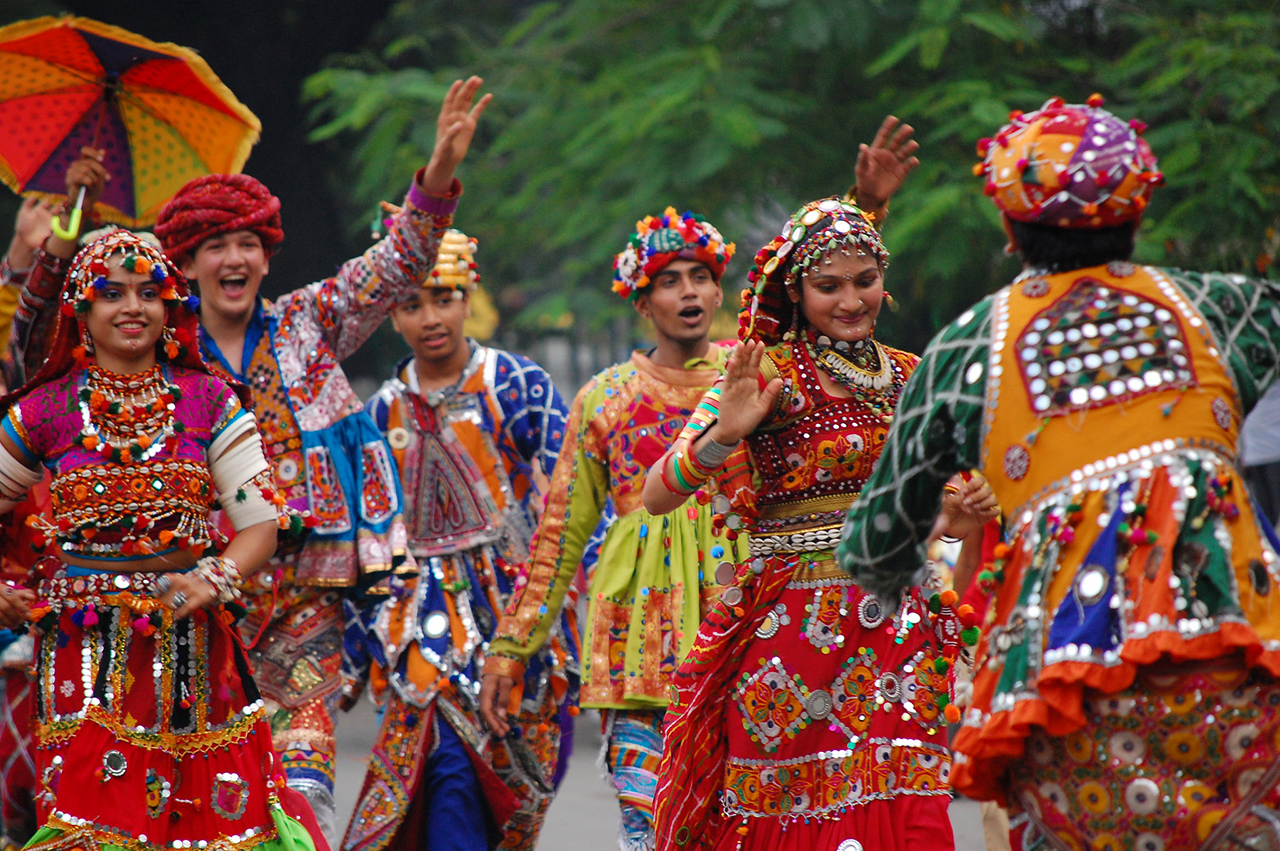
The traditional dress of Gujarati culture often has tie-dye or block prints. The Patola silk forms an essential part of the attire representing Gujarati culture. The vibrant women’s costume of Chaniya Choli is significant during festivities, especially the Navratri Mahotsav. It is a long, heavy skirt worn with a blouse and a dupatta called Chunni, all embedded with mirror work. Abhas is the representative traditional outfit worn by women of Kutch.
The men usually wear Kurta and Dhoti. The cotton Chorno pants are light and are very suited for the hot climate. Their Kediyu top is a frock-like, colourful clothing usually worn during joyous festivities. They often wear a headgear called Phento.
The gorgeous silk saree of Gharchola with its zari-embroidery and the white Panetar saree with its red bandhani border are traditional bridal attire. The Kurta of the groom, on the other hand, is adorned with intricate embroidery.
Gujarat Food Culture
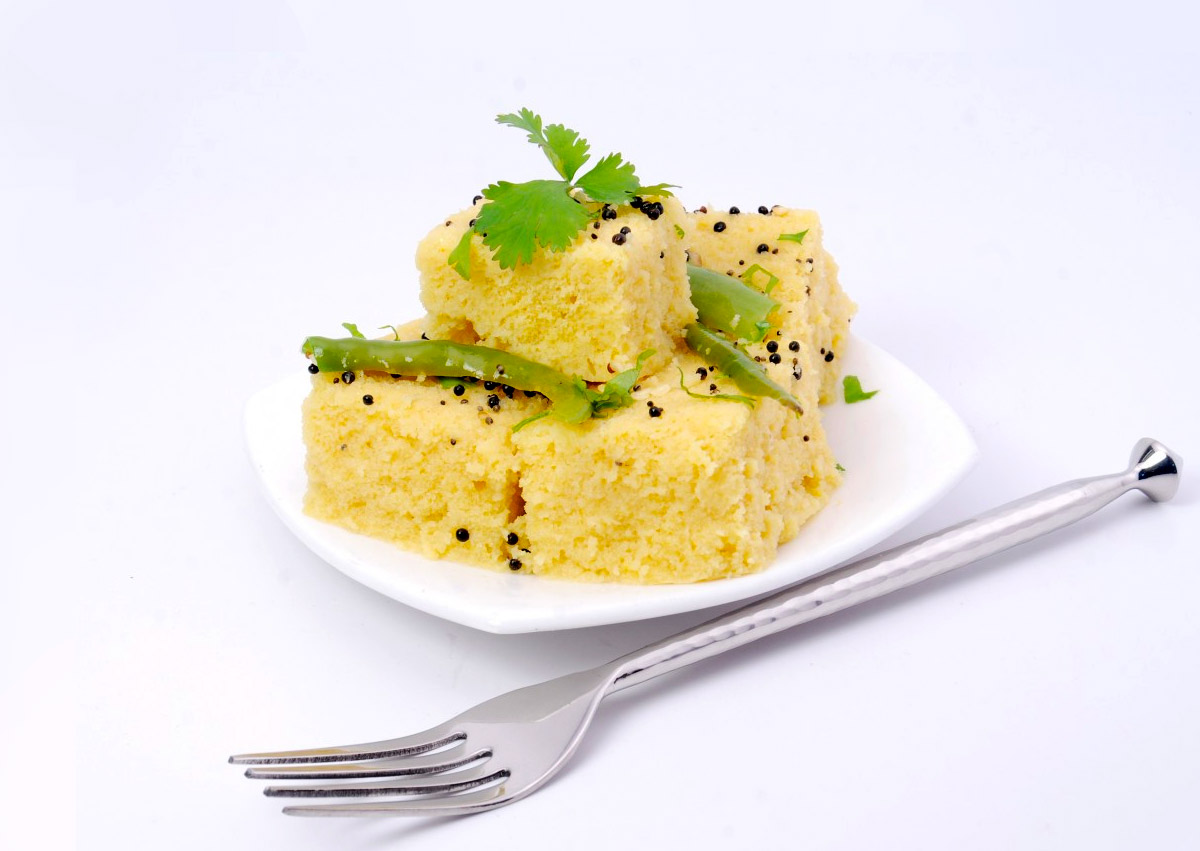
The cuisine of Gujarat is primarily vegetarian. The conventional meal consists of roti, rice, dal and vegetable preparation. A sweet dish like ‘gur’ or jaggery and Aam Shrikhand follows after as dessert. Gujarat’s most traditional and authentic delicacies include Dhokla, Thepla, Dal Dhokli, Undhiyu, Fafda, Handvo, Ganthia, Khandvi and Gujarati Khadi. Pickles, Farsans and Chutney are great accompaniments for heavy meals. The conventional dinner of a Gujarati includes khichdi-kadhi or bhakri-shak.
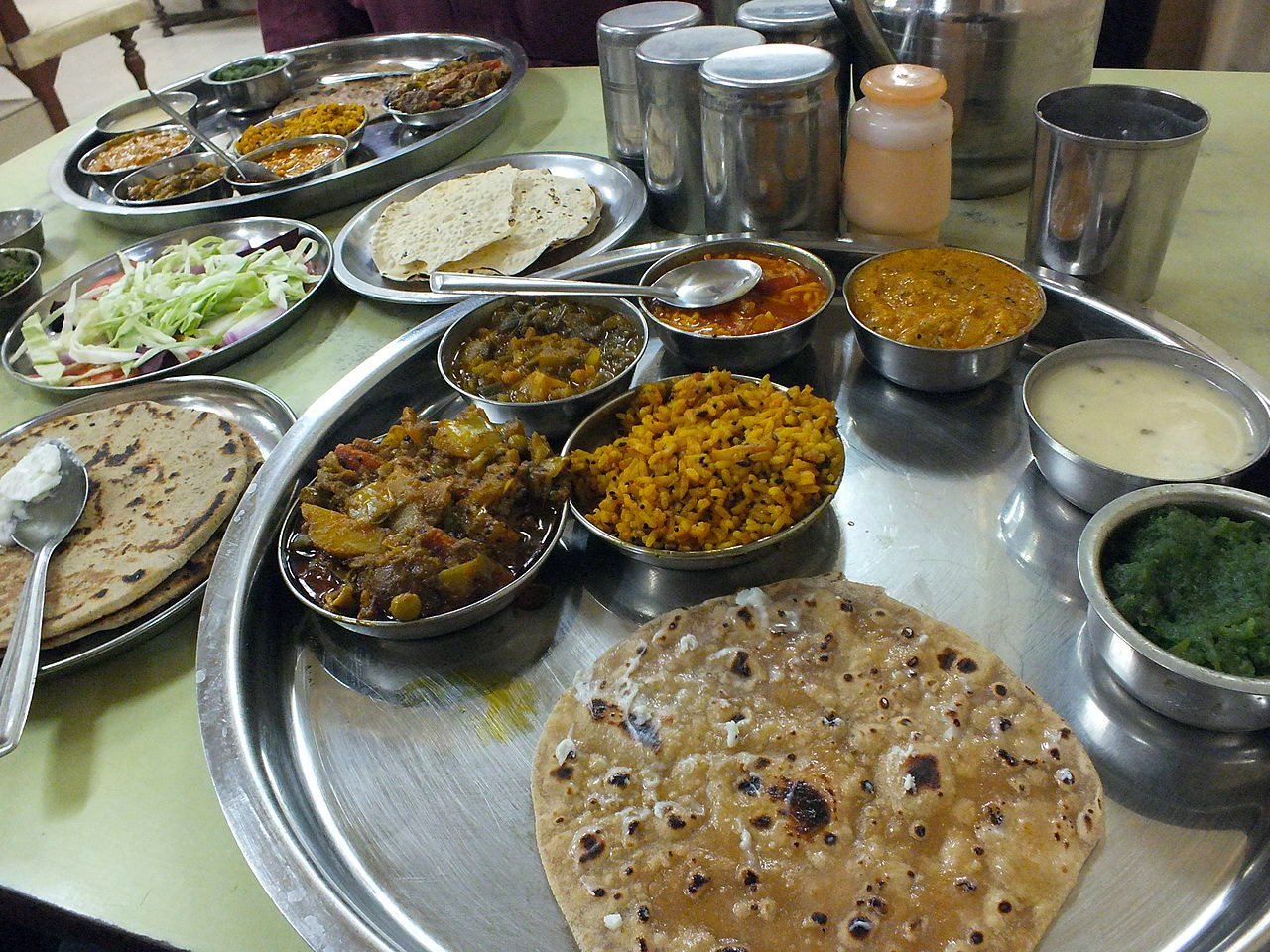
The distinct flavour and blend of taste vary from one region to another. Since the coastal climate of Gujarat is dry, adequate amounts of sugar, lemon and tomatoes in the diet help to keep the body hydrated.
Art and Craft of Gujarat
The artisans of Gujarat create the most intricate and colourful handicraft products. Be it jewellery, interior decor pieces, gorgeous embroidered garments or furniture, Gujarat showcases creative craftsmanship and skill. The arts and crafts of Gujarat is a pivotal force in preserving its culture and heritage.
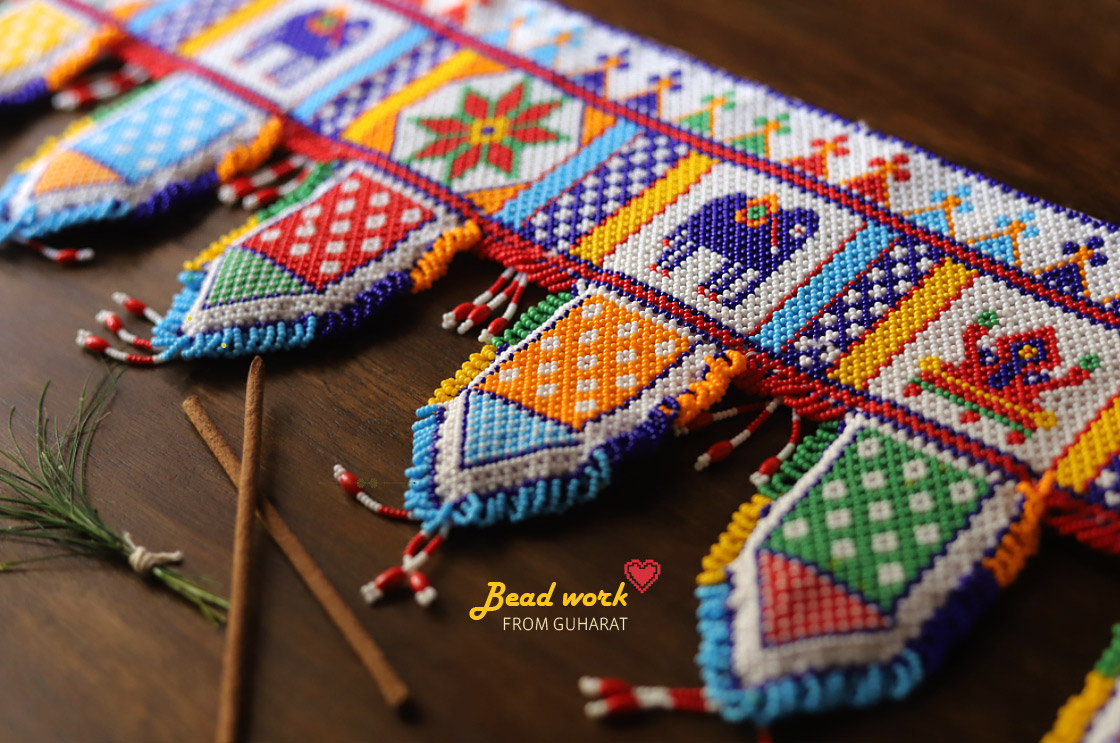
Among the numerous handicraft and handloom practices, there is leatherwork, metalwork, applique and patchwork, and mirror work. Places like Khambhat and Saurashtra are famous for their beadwork. The people have exquisite preferences for woodwork, as seen in the likes of Meenakari furniture and Sankheda furniture.
The detailed intricacy of the patterns on the Patola sarees impart an elegant, traditional outlook to the garment. Originated in the Mughal era, the gold threaded zari embroidery is Gujarat’s oldest textile craft.
Mention should be made of the Rogan painting of the Khatris from the Kutch region and the ancient tribal Warli paintings.
Music and Dance Forms of Gujarat
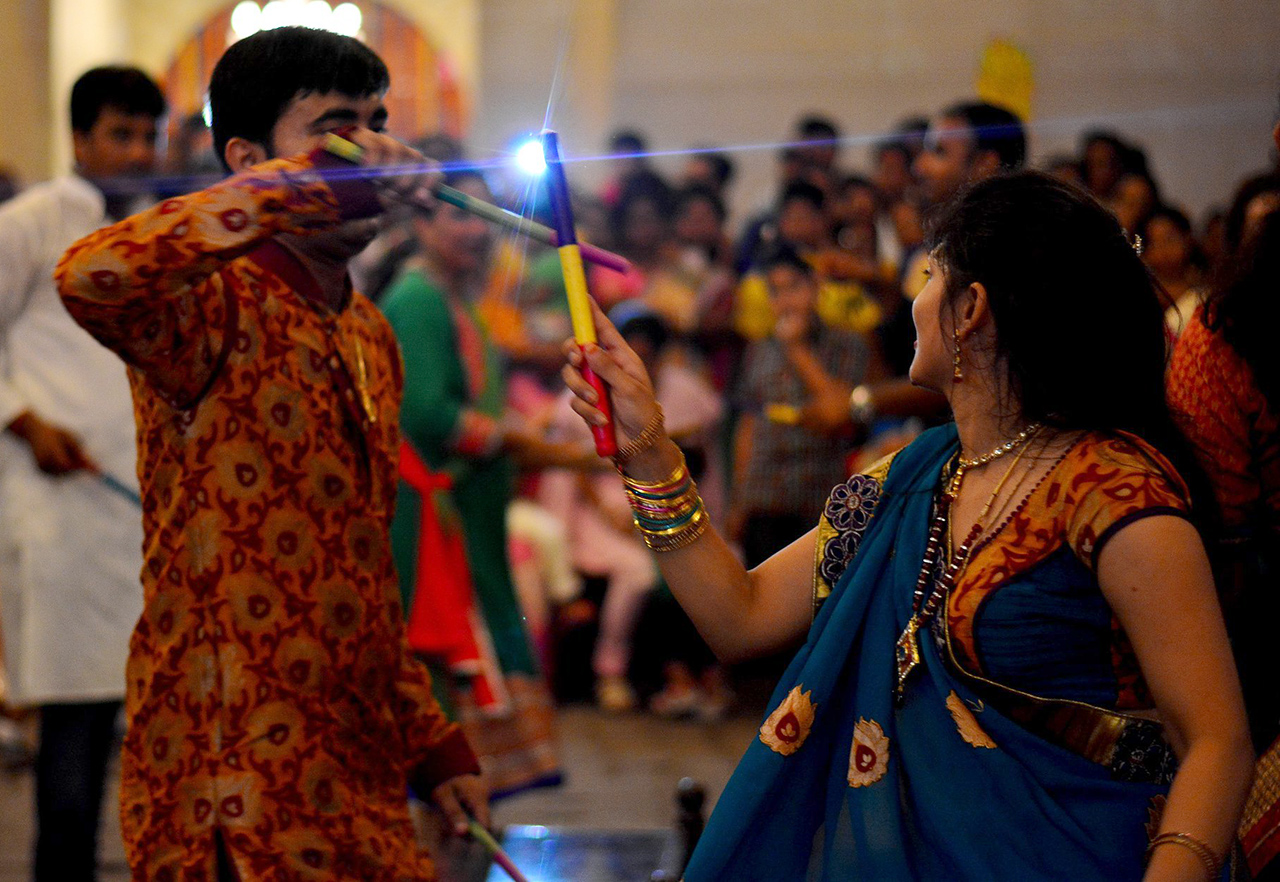
The folk music of Gujarat often incorporates Bhajans into them. Sugam Sangeet has acquired worldwide fame since the last few years. The state boasts of a variety of musical instruments including Turi, Ektara, Manjira, Jantar, Dhol, Prabhati and Ravanhatta. Bardic tradition is an important type of Gujarati folk music.
Gujarat is a state of vibrant dance forms that bring the people together in the joy of the occasion. Dandiya Raas, performed by both the women and men, traces its origin in the legends of Lord Krishna and the Gopis. The bamboo sticks used as props in the dance are called Dandiya. The energetic dance form of Garba is performed in a circular formation, usually by women. Garba dancers dress in the most colourful and gorgeous attires as they revolve in a celebratory dance around the divine statue of Shakti. Padhar is an interesting dance form performed by the rural communities residing around Nal Lake.
Fairs and Festivals of Gujarat
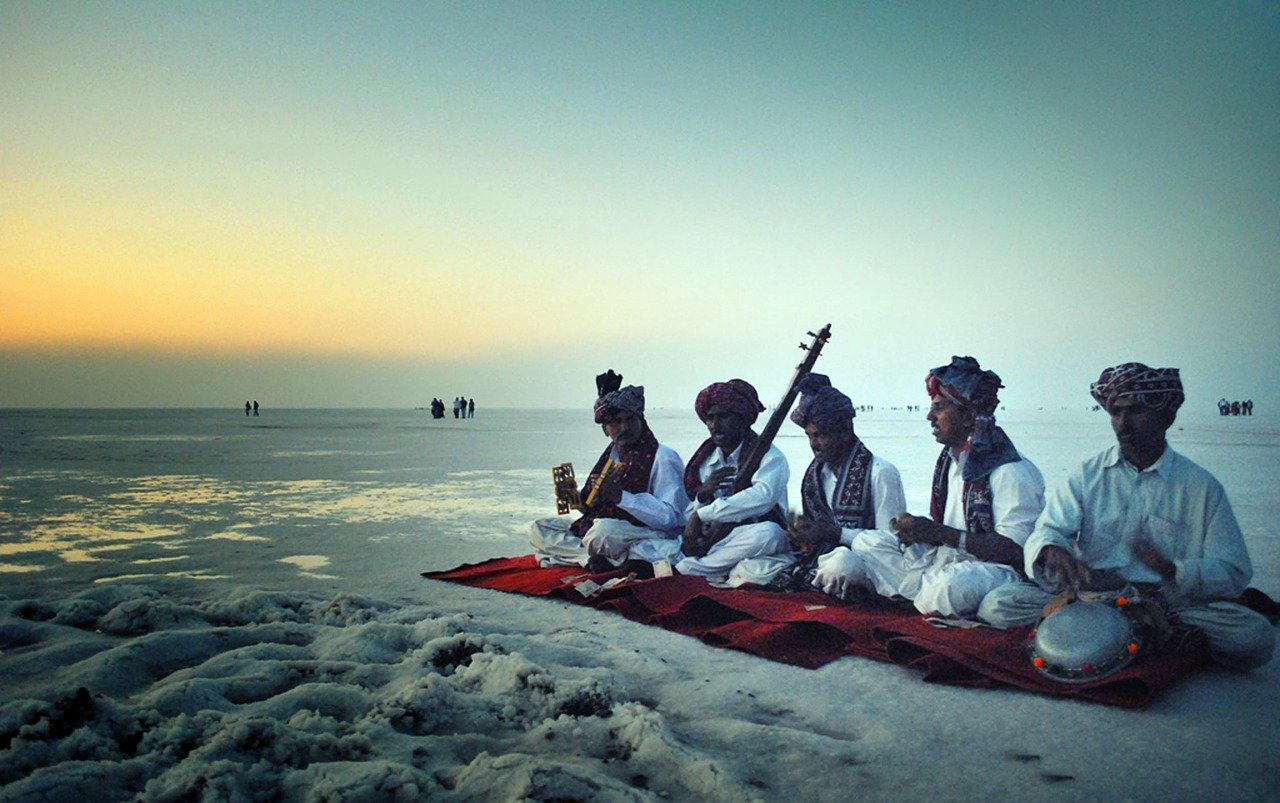
Gujarat is characterised by invigorating cultural festivals that are a reflection of its diverse population. People from other states visit Gujarat to witness and participate in the grand celebration of festivals like Navratri Mahotsav, Diwali, Rann Utsav, Rath Yatra and Makar Sankranti.
The Dang Darbar Fair is organised to honour the rulers and leaders of villages who gathered for Durbar during the British rule in India. It is held in the Dangs district, of a mostly tribal population. Some other important fairs that are organised in the state include Shamlaji Mela, Bhadra Purnima Utsav and Mahadev Utsav.
The Rann Utsav is a carnival of exquisite arts and crafts, music, dance and the natural brilliance of the white Rann. Through its thorough execution and excellent designing, the culture of the state is represented in all its colours.
Religion in Gujarat
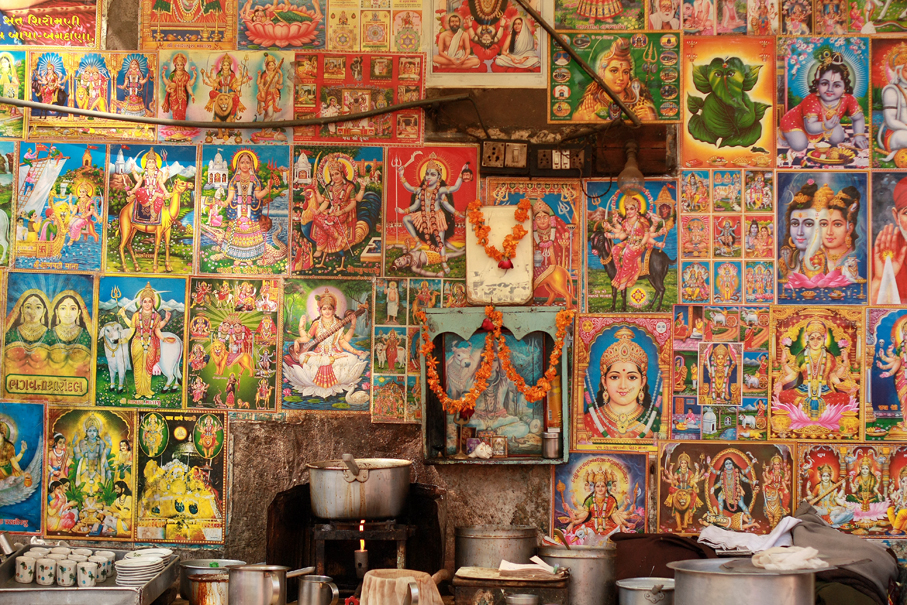
Like most states of India, Gujarat, too, is home to people of different religions. The major religions of the state include Hinduism, Islam, Jainism and Buddhism. The variety of cultures, therefore, is reflected in the lifestyle, customs, practices, art and festivals celebrated in the state.
Language of Gujarat
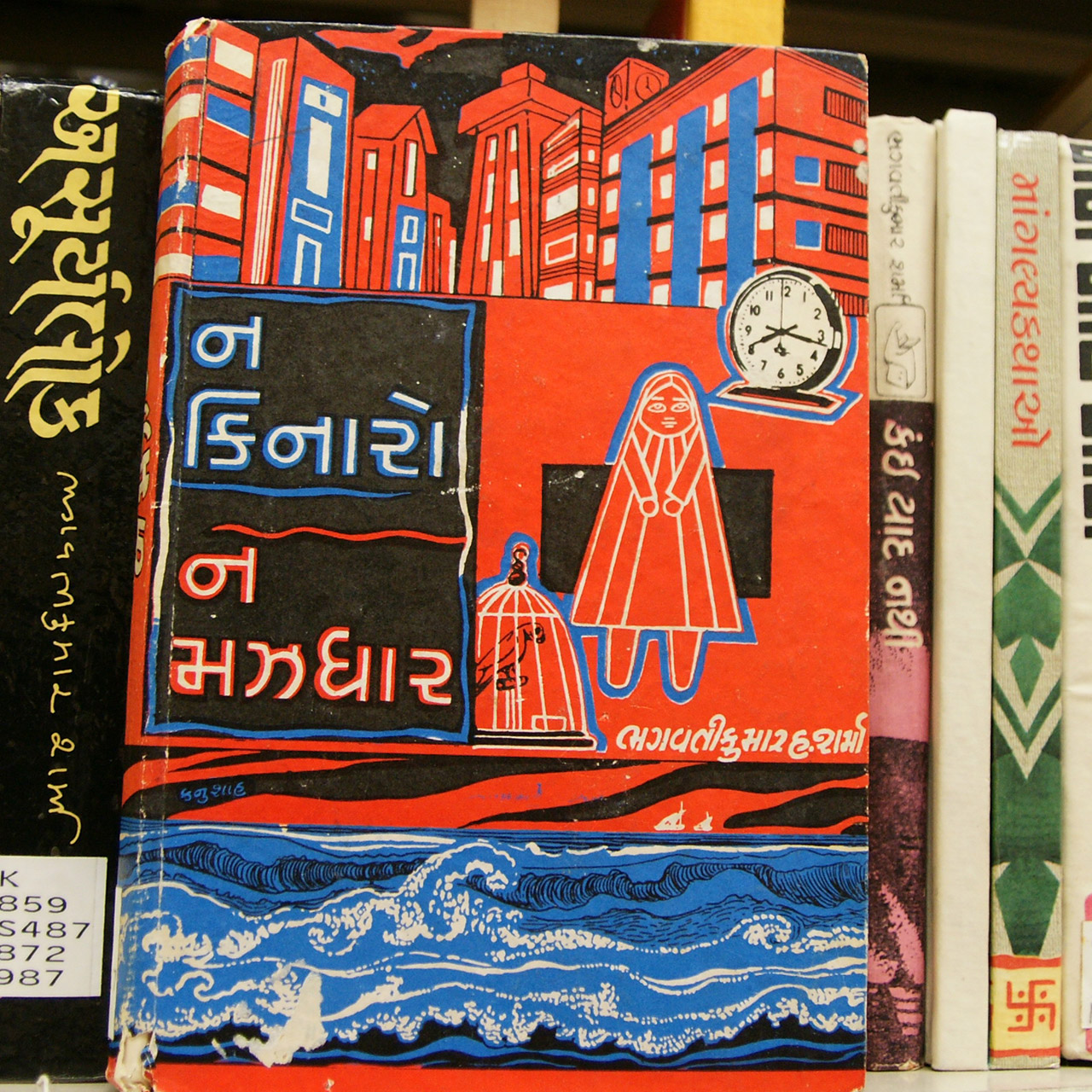
The native people of the state speak Gujarati, an Indo-Aryan language derived from Sanskrit. It ranks 26th among the most used languages in the world and has many different dialects spoken in different parts of the state. A section of the population speaks languages like Hindi, Marwari, Marathi and Urdu, because of the influence of neighbouring states. The Kachhi-language of the semi-arid region of Kutch is significant to Gujarat’s culture.
Tourism in Gujarat
The cities of Gujarat are its cultural pride. The ancient Dwarka, its first capital, is one of the sacred ‘Char Dham’ Hindu pilgrimage sites.
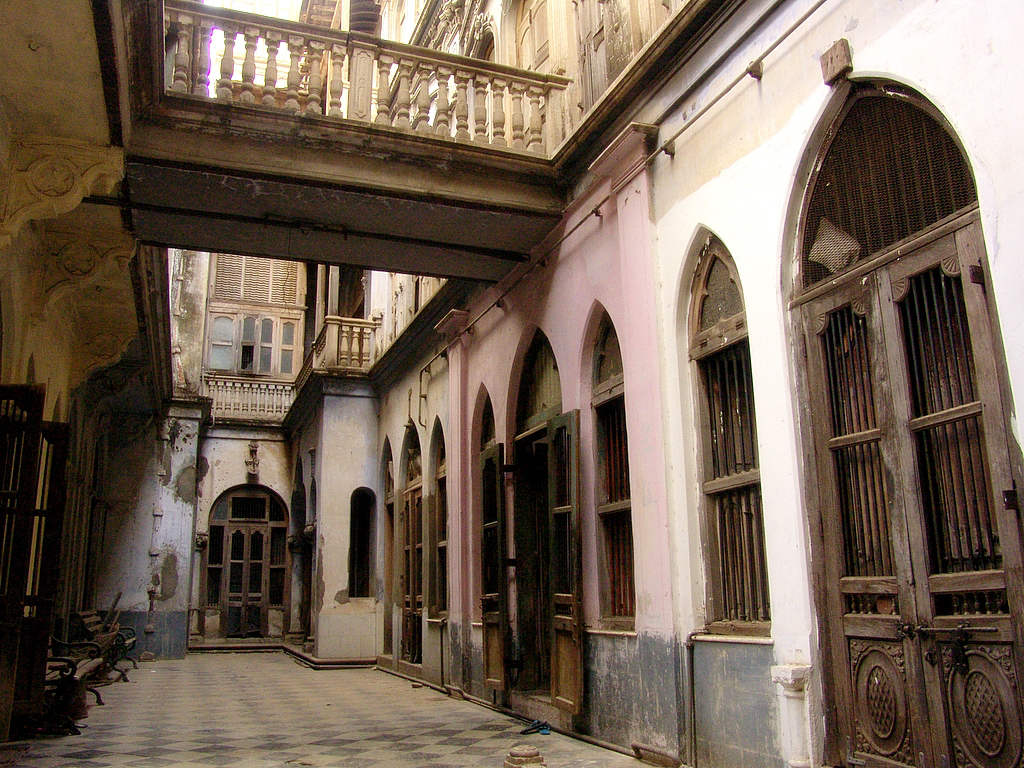
In 2017, Ahmedabad was declared as India’s first UNESCO World Heritage City. It is an abode of a diverse community of people about Hinduism, Islam and Jainism. Gandhi’s Ashram is a historically significant place of tourist attraction in Ahmedabad. Other important places include the city of Sidhpur, the hill station of Saputara (or “abode of serpents”), and the dockyard and trading centre of Harappa, Lothal.
Gujarat is a state of the magnificent history of architectural wonders. And such is reflected in its numerous places of worship. The Sun Temple at Modhera village was built by the rulers of the Solanki dynasty in the 11th century. The pilgrimage destinations of Dwarkadhish Temple, the Somnath Temple and the Shatrunjaya Hill Temples are renowned all across India.
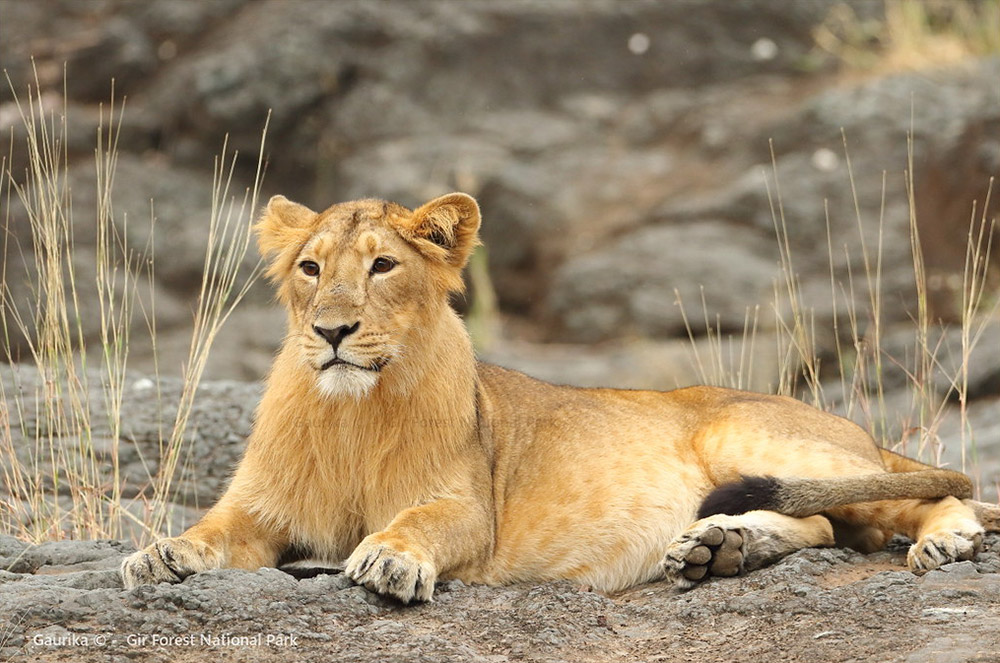
There are several wildlife and bird sanctuaries located in Gujarat. The Velavadar Blackbuck National Park prides itself in the largest population of Blackbuck and the rare, spiral-horned Indian antelope. The Nalsarovar Bird Sanctuary, Gir National Park and the Narara Marine National Park are some other attractive sites.
The great semi-arid region of Rann of Kutch is a major cultural and tourist attraction. Besides, Sabarkantha district’s Polo Forest and Idar Hill Fort are must-visit for history lovers.
Occupation in Gujarat
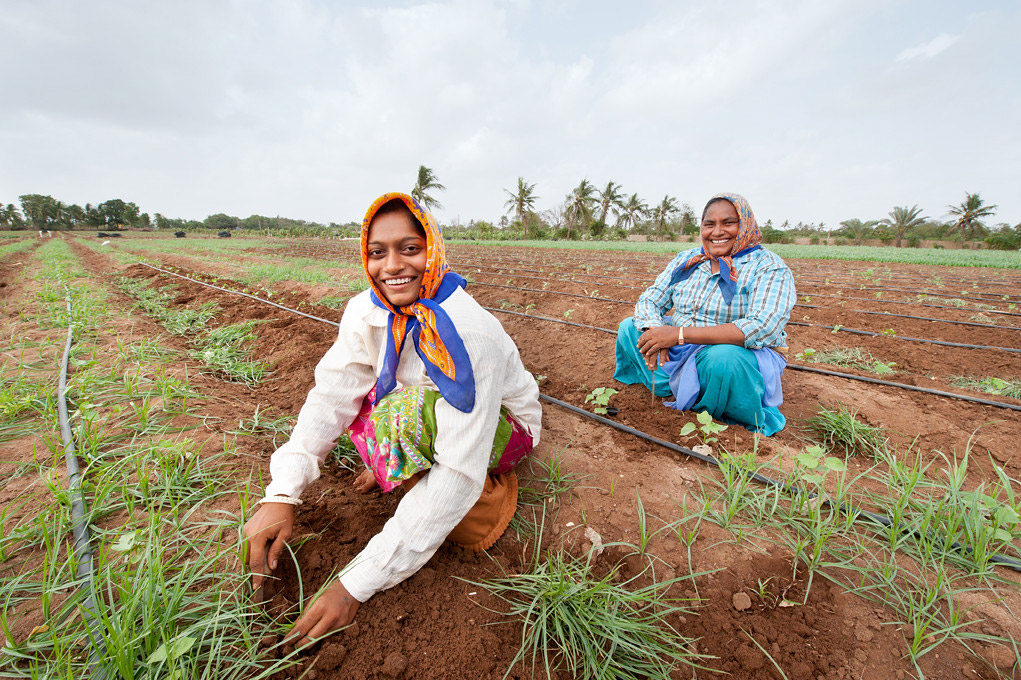
The chief occupation of the state is agriculture people primarily engage in farming crops like rice, wheat, sugarcane, millet and cotton. Milk and dairy products are also significant outputs.
Industrial products like cement and petroleum provide a major contribution to the economy. The automobile industry, pharmaceuticals and tourism generate significant income for the people of Gujarat.
The film industry of Gujarat has always brought distinct forms of cinematic art other than mainstream entertainment. It is a major regional and vernacular film industry of India. Its first movie was in 1932, titled ‘Narsinh Mehta’.
The people of Gujarat have preserved its customs and traditions despite the influence of modernisation. They form an ethnically diverse community with their unique histories and practices. The state’s identity adhered to the life of the people.





